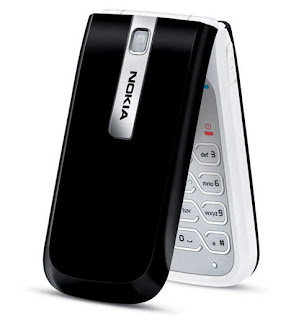
The Cellular Challenge
The world's first cellular networks were introduced in the early 1980s, using analog
radio transmission technologies such as AMPS (Advanced Mobile Phone System).
Within a few years, cellular systems began to hit a capacity ceiling as millions of new
subscribers signed up for service, demanding more and more airtime. Dropped calls and
network busy signals became common in many areas.
To accommodate more traffic within a limited amount of radio spectrum, the
industry developed a new set of digital wireless technologies called TDMA (Time
Division Multiple Access) and GSM (Global System for Mobile). TDMA and GSM used
a time-sharing protocol to provide three to four times more capacity than analog systems.
But just as TDMA was being standardized, an even better solution was found in CDMA.
The world's first cellular networks were introduced in the early 1980s, using analog
radio transmission technologies such as AMPS (Advanced Mobile Phone System).
Within a few years, cellular systems began to hit a capacity ceiling as millions of new
subscribers signed up for service, demanding more and more airtime. Dropped calls and
network busy signals became common in many areas.
To accommodate more traffic within a limited amount of radio spectrum, the
industry developed a new set of digital wireless technologies called TDMA (Time
Division Multiple Access) and GSM (Global System for Mobile). TDMA and GSM used
a time-sharing protocol to provide three to four times more capacity than analog systems.
But just as TDMA was being standardized, an even better solution was found in CDMA.